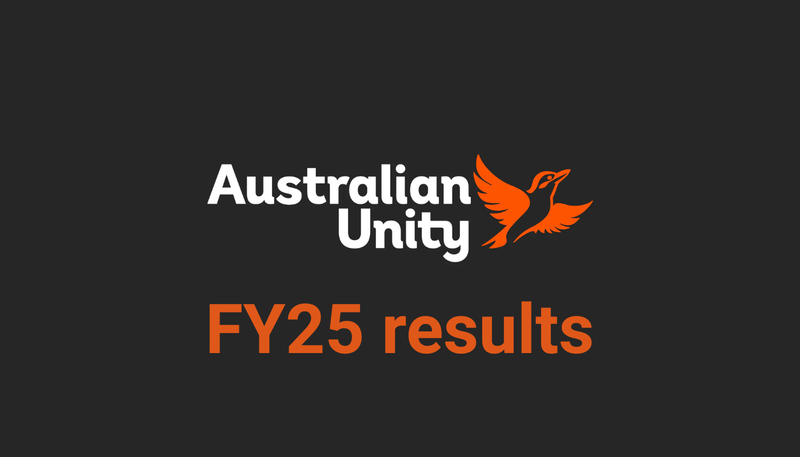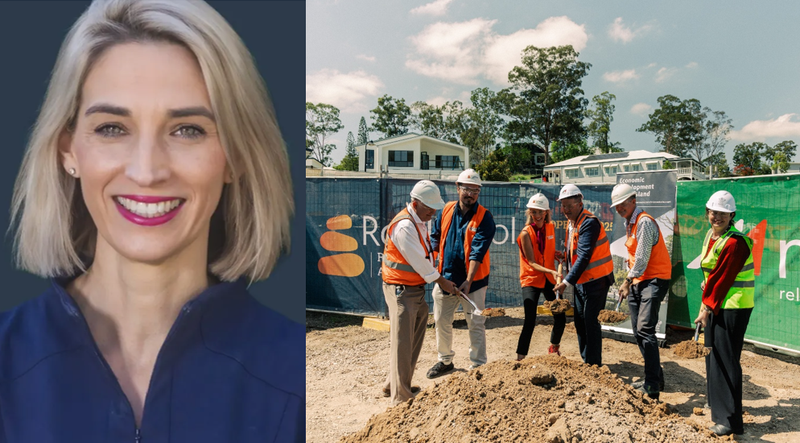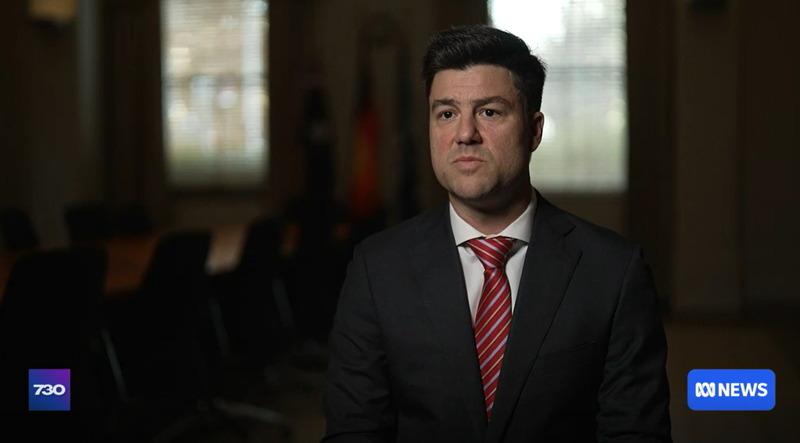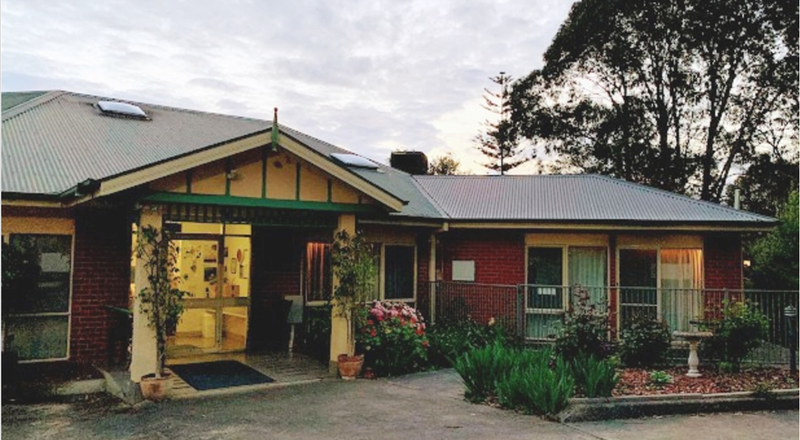A fact that demands attention: average NZ RAC residency is 20.4 months, but Australia is 31.9 months. Why?
On Tuesday we sat in a discussion with Amber Cartwright, Director at Ansell Strategic, and Cameron Holland (pictured above), the CEO of Ryman Healthcare Australia. Amber (below) reviewed her research on the average RAC residency in New Zealand at...

On Tuesday we sat in a discussion with Amber Cartwright, Director at Ansell Strategic, and Cameron Holland (pictured above), the CEO of Ryman Healthcare Australia. Amber (below) reviewed her research on the average RAC residency in New Zealand at 20.4 months compared to Australia at 31.9 months – or 56% longer.
Could Australia save $11 billion a year?

There is one marked difference between residential aged care across the two countries: in New Zealand, continuum of care retirement villages now account for 66% of all aged care beds, and growing.
Most New Zealand retirement villages now provide the care pathway from independent living to serviced apartments and finally to aged care on site. The preventative ability to deliver care by RAC staff into the village and serviced apartments delays the RAC entry. A cheeky rough back-of-envelope calculation says that if Australia adopted New Zealand’s retirement village model and achieved the same results, the government RAC expenditure would drop 56% from $24 billion a year to $13.4 billion, a saving of $11 billion a year.
Premium accommodation charge
The other factor that the government (and operators) should note is that ageing New Zealanders and their families accept that they have to pay for quality RAC accommodation – in fact, they demand it. Free RAC accommodation is available as a “standard bed in a standard room”, which typically does not include an ensuite and may be a multi-bed room. A premium room, typically one bed and ensuite, requires accommodation payment direct from the customer with no government accommodation funding. Virtually no standard rooms have been built in New Zealand in the past 10 years. Every new aged care bed built in New Zealand in that period has been built in a retirement village.
Ryman White Paper
In last week’s SATURDAY Magazine we interviewed Cameron Holland following his release of the Ryman White Paper on how Australia’s aged care sector can move towards a New Zealand model. You can read the SATURDAY story HERE. You can download the Ryman White Paper HERE.
Plan B
The New Zealand co-contribution model is a template for Plan B, Australia’s move to co-contribution based on the government being responsible for the care component and the customer responsible for accommodation and expenses of daily living. Watch out for more news on Plan B in the coming weeks. While a 56% saving on RAC expenditure is appealing, the fact is that customers are happier because they spend less time in a RAC, and the co-contribution combined with competition results in better quality care and accommodation.





